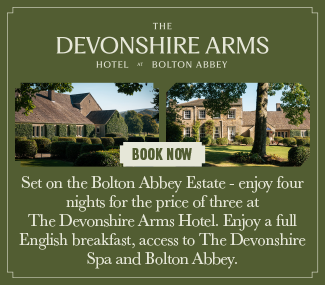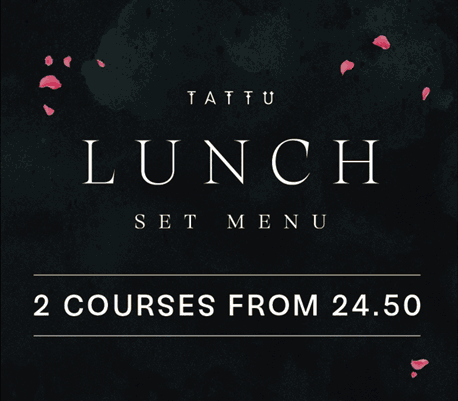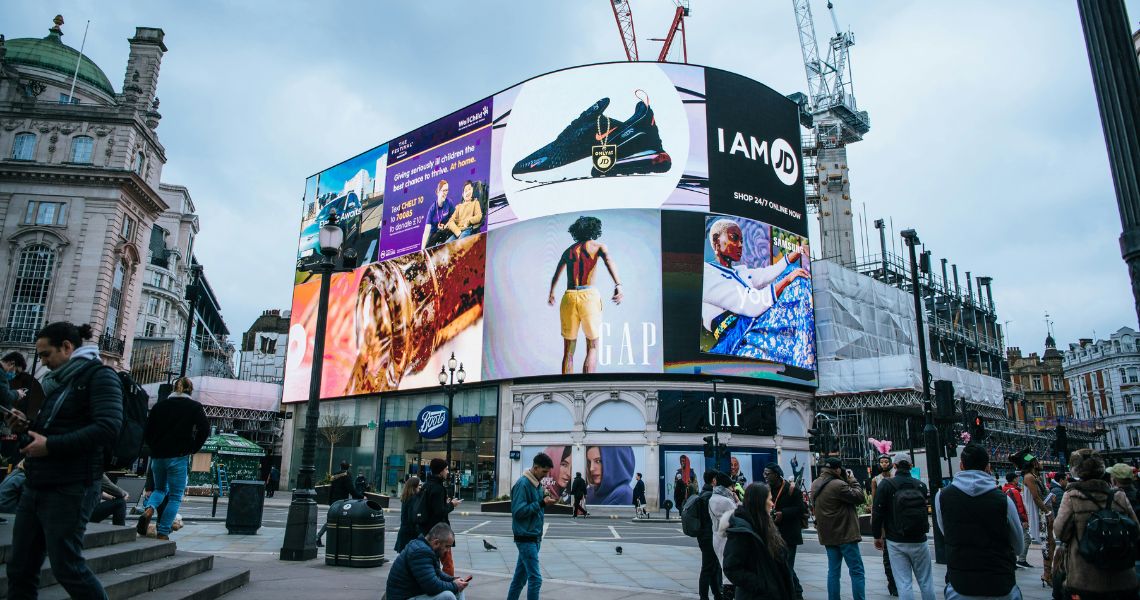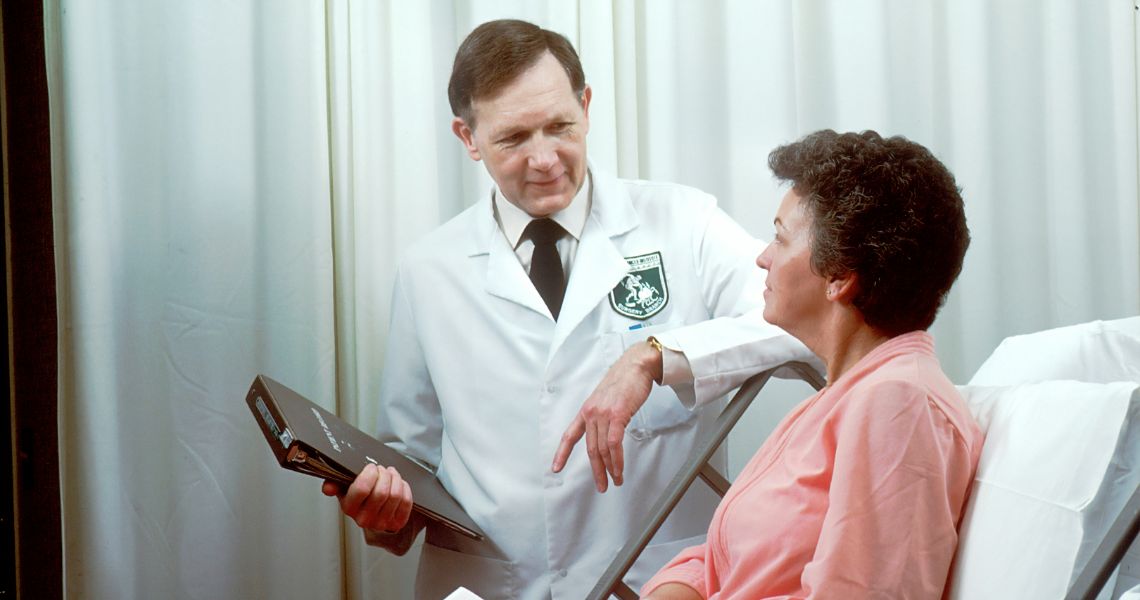Weddings have always been about love, family, and ritual, but in recent years, they have also become a powerful stage for fashion. Brides, grooms, and guests alike now see the wedding day not just as a celebration but as an opportunity to make bold statements with clothing, accessories, and aesthetics.
As we move into 2025 and beyond, this shift toward fashion-focused weddings is intensifying. The traditional formulas are dissolving, giving way to celebrations defined by personal taste, nostalgia, and an unapologetic sense of individuality. Forget cookie-cutter receptions and predictable dress codes. The new era of weddings is intimate yet theatrical, relaxed yet meticulously styled. From curated bridal wardrobes to guest-generated content, everything now revolves around authentic self-expression—with fashion leading the charge.
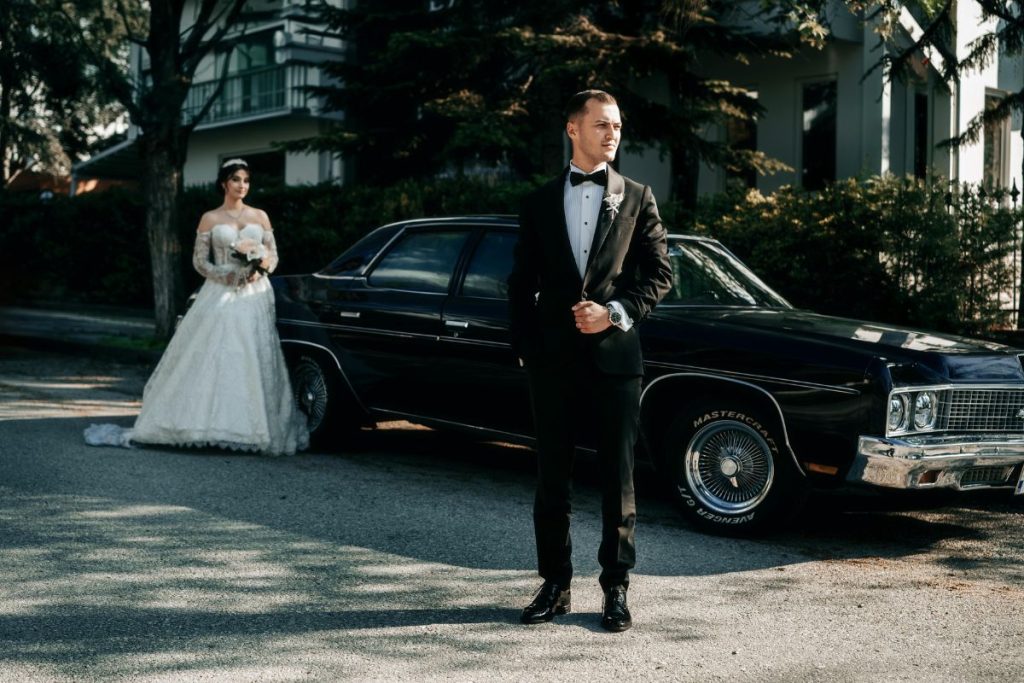
The Return of Bohemian Romance
The bohemian spirit has resurfaced, but it looks nothing like the burlap-and-mason-jar era that defined the early 2010s. Instead, it leans heavily into couture inspiration, balancing softness with structure. Think flowing silhouettes with carefully undone draping, lace with sculptural presence, and natural fabrics reimagined through high fashion.
Bridal gowns for 2025 reflect this evolution, often combining delicate vintage-inspired lace with contemporary cuts. The result is romantic yet distinctly modern. This revival extends beyond dresses into accessories, with vintage-inspired jewelry, layered chains, and fabric textures that recall retro elegance while feeling elevated and editorial. The look captures freedom, but without sacrificing polish.
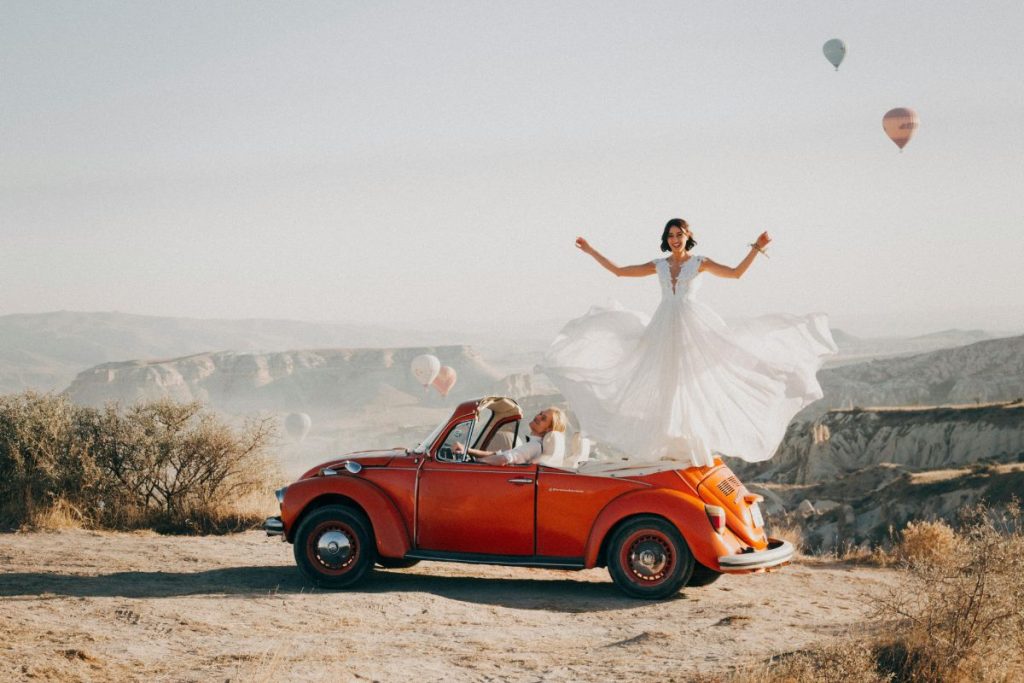
Headwear Takes the Spotlight
Veils are back, but they’re no longer the only option. Designers are transforming headwear into the centerpiece of bridal styling. Oversized lace hoods, silk headscarves, sheer veils, and even Juliet caps are resurfacing as fashion statements in their own right. The playfulness lies in the pairing: a cathedral-length veil with a minimalist slip dress, or a delicate scarf tied Riviera-style against a backdrop of Tuscan sunshine.
This resurgence in bridal headwear is not only nostalgic but symbolic. It’s about reframing the idea of a bride from tradition-bound to avant-garde. Choosing a headpiece becomes a way of setting the tone: rebellious, romantic, or fashion-forward.
Vintage Reimagined
“Something old” has always been part of wedding tradition, but in 2025, it evolves into an entire design ethos. Couples are embracing pieces with history, imbuing their celebrations with soul. Rather than chasing brand-new perfection, they are curating wardrobes and décor filled with character—beaded slips from the 1990s, heirloom-style tableware, embroidered napkins, and fonts that echo retro eras.
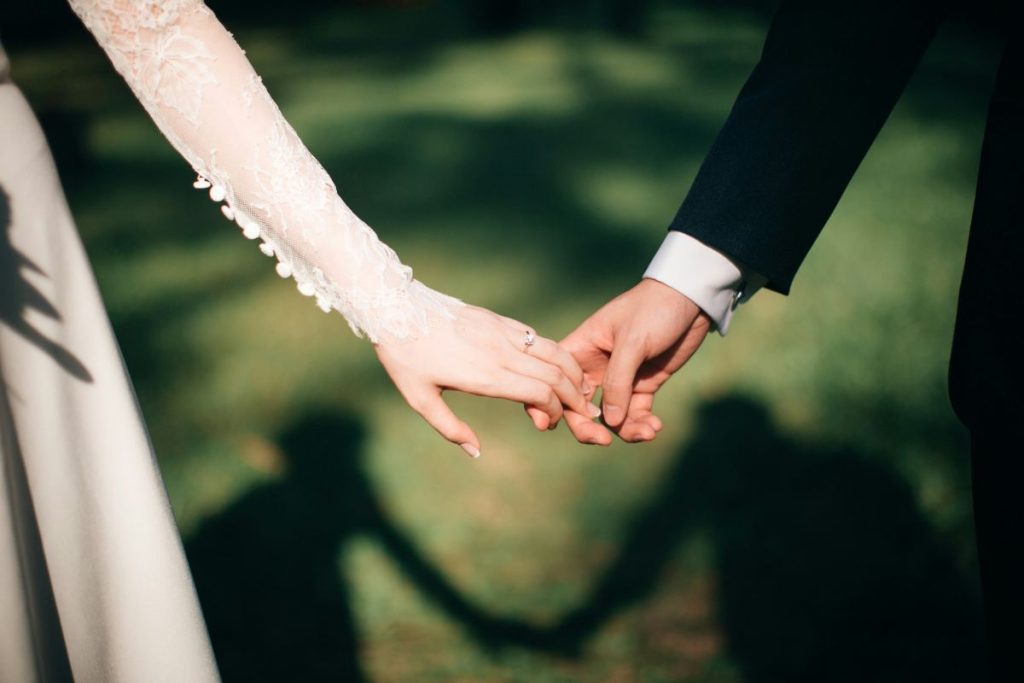
Vintage is no longer about saving money or ticking off a tradition. It’s about narrative. Wearing a pre-loved gown, choosing second-hand designer accessories, or styling the celebration with mismatched crockery creates a sense of continuity between past and present. Fashion drives this choice, merging sustainability with storytelling.
The Bridal Car Comeback
Few moments are as cinematic as the bride or couple making an entrance—or departure—in a distinctive car. For 2025, the bridal car moment is officially back, with sleek sports models, pastel convertibles, and charming vintage Fiats creating iconic visuals.
Fashion plays a role here, too. A tailored mini dress, a dramatic oversized shirt dress, or a feather-trimmed gown becomes even more striking when paired with a convertible ride into golden hour. Accessories—sunglasses, silk scarves, and champagne glasses in hand—complete the tableau, turning the journey into a fashion moment in itself.
Guests as Content Creators
The role of the guest is evolving. Beyond their presence at the ceremony, guests are now actively part of shaping the visual record. Smartphones, camcorders, QR codes, and shared digital folders have replaced the sole reliance on formal photographers. Disposable cameras placed on tables are no longer kitsch—they are intentional design choices, part of the wedding’s aesthetic language.
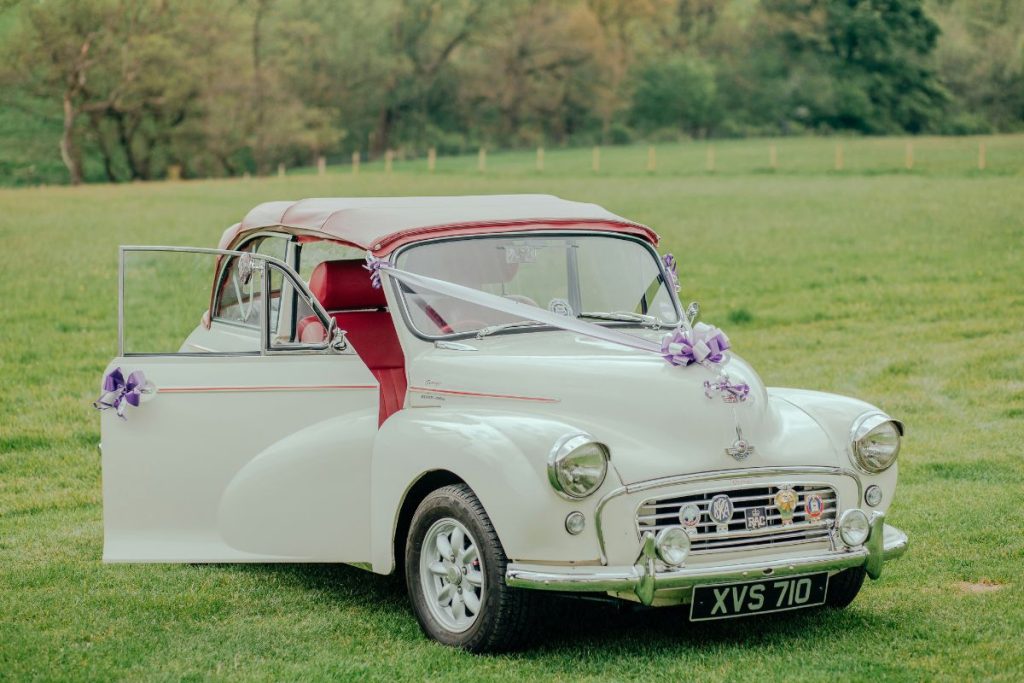
From a fashion standpoint, this means every attendee becomes both participant and documentarian. Guests are dressing with the awareness that they may appear not only in professional albums but also in candid TikToks and lo-fi montages. Weddings are turning into live fashion archives where personal style contributes to the collective narrative.
Imperfection Is the New Perfect
One of the strongest shifts in modern weddings is the embrace of imperfection. Grainy camcorder clips, handheld film photos, and blurry dance shots are celebrated as authentic rather than polished. This lo-fi approach mirrors the direction of fashion: raw textures, undone silhouettes, and looks that celebrate individuality rather than rigid structure.
Couples are leaning into this mood by commissioning content creators who specialize in candid storytelling, capturing quiet morning rituals, fleeting glances, and even chaotic dance floor energy. The imperfection enhances the fashion moments, making silk gowns and statement suits look like they belong in an editorial spread rather than a rigid portrait.
Party over Perfection
The fashion of weddings is not limited to the ceremony attire. Reception style is now a category of its own, with couples and guests embracing second looks designed for celebration. The shift is clear: joy takes precedence over strict formality.

Think grooms swapping tuxedo jackets for linen shirts worn open over tailored trousers, or brides changing into sequined minis and platform heels for dancing. Accessories also transform in this stage, with jewellery, clutches, and playful shoes becoming central to the energy of the party. Weddings now move seamlessly from vows to runway-inspired after-parties, reflecting the duality of romance and revelry.
Fashion as Identity and Inclusion
Modern fashion in weddings is about more than aesthetics. It is also about inclusion and representation. Dress codes are becoming more flexible, embracing gender-neutral silhouettes, cultural garments, and non-traditional colors. Brides are no longer restricted to white gowns, and grooms are no longer bound to black tuxedos.
This approach to inclusivity enables couples and their guests to celebrate their heritage while showcasing personal style. Traditional embroidery might be paired with contemporary cuts, or bold hues might replace neutrals. The wedding outfit becomes a canvas for identity, signaling not only style but also values.
The Details That Define
While gowns and suits are the anchors of wedding fashion, it is often the details that elevate the look. Statement earrings, layered bangles, embroidered shoes, and handbags with personality create visual richness. Even popular wedding rings are being styled with intention, often stacked with complementary bands or paired with creative nail art to accentuate the moment. These details serve as punctuation marks in the larger fashion story of the wedding day.
Accessories, in particular, have become tools for personal storytelling. A carefully chosen headband, a vintage brooch, or an heirloom bracelet can carry meaning that extends beyond appearance, embodying family ties and personal history while still contributing to the overall look.
Weddings as Fashion Theatre
Ultimately, weddings in 2025–2026 are becoming a form of fashion theatre. Every element, from table settings to playlists, is infused with aesthetic consideration. Couples are treating their celebrations as immersive style experiences where clothing, décor, and atmosphere interact.
This theatrical approach does not demand extravagance; it demands thoughtfulness. A minimal ceremony in a city loft can be as fashion-driven as a countryside celebration, provided the choices feel deliberate. What matters most is coherence: outfits, décor, and photography that flow together like a runway presentation.
Images courtesy of unsplash.com and pexels.com

